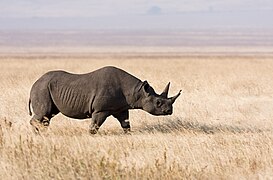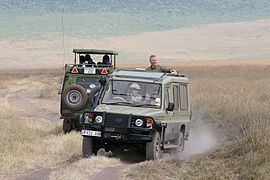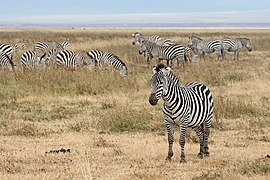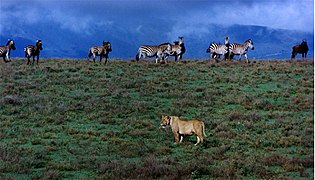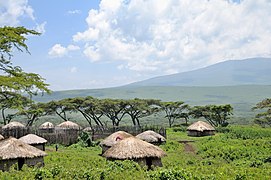Winugafa pimtara ke UNESCO [1]
Videxo ke Ngorongoro. Videxo ke Ngorongoro moe divatcepe dem werda is molda is ventaala tigir. Exoneyeno bak 1959 wetce seg ta jonkafa malsavera va siday, dem govitaf fled dokruldesa va alizmonamaf Masai vartesik va bonol, tir dem disukexaf Ngorongoro skarn. Kiewega tir zolonapafa ta videra va bligedruca oye tigira ke katca tamavon dratcena, is oye for ke govitaf fled tandon blis, is oye tandeafa lamara ke eyundol is uzekol is rayol is ar werdtoraf dunol van lentefa azeka. Rawopafa joxarapa va fartap dem conyuta ke ayafa towara is pouca wal ayik is anameda al bilded, i va tulon serifa koinga evlon gu 3.6 celemda.
(en) The Ngorongoro Conservation Area. The Ngorongoro Conservation Area spans vast expanses of highland plains, savanna, savanna woodlands and forests. Established in 1959 as a multiple land use area, with wildlife coexisting with semi-nomadic Maasai pastoralists practicing traditional livestock grazing, it includes the spectacular Ngorongoro Crater, the world’s largest caldera. The property has global importance for biodiversity conservation due to the presence of globally threatened species, the density of wildlife inhabiting the area, and the annual migration of wildebeest, zebra, gazelles and other animals into the northern plains. Extensive archaeological research has also yielded a long sequence of evidence of human evolution and human-environment dynamics, including early hominid footprints dating back 3.6 million years. ~ UNESCO website, licence CC-BY-SA IGO 3.0 |
